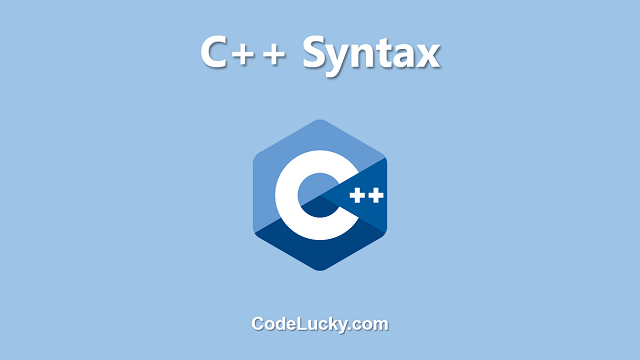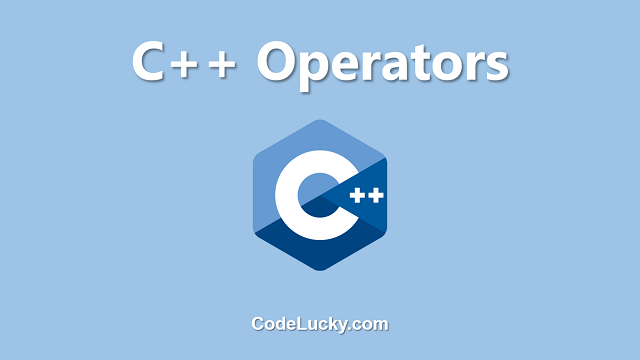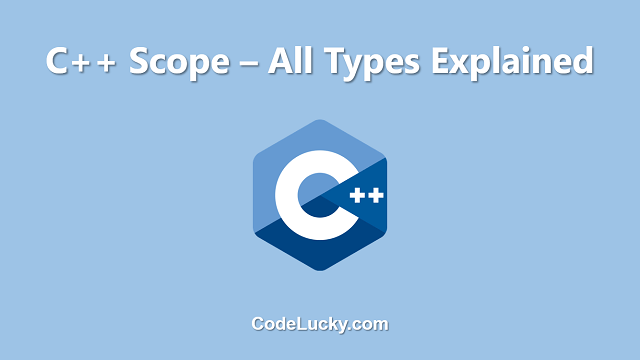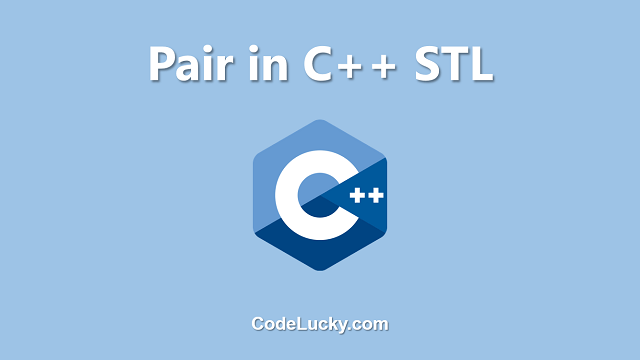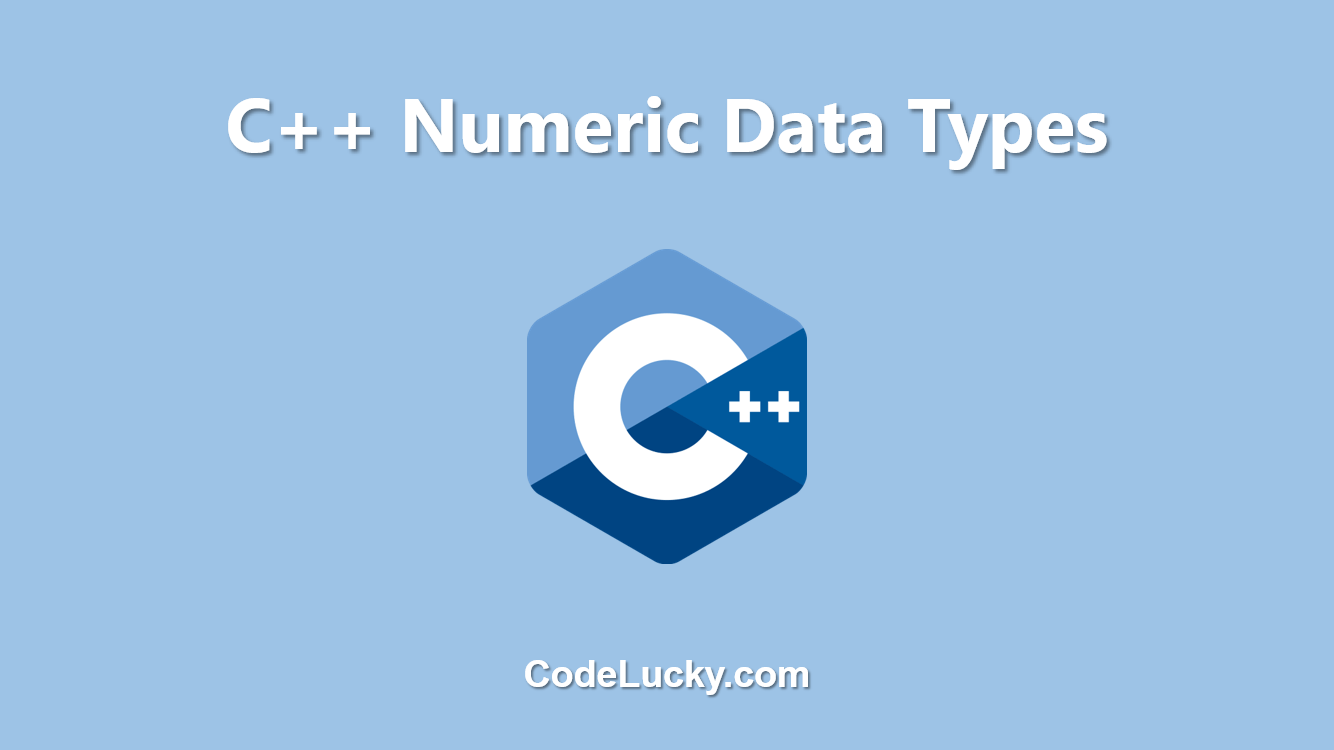C++ is a powerful programming language that is widely used in the software industry. It is an extension of the C programming language and includes additional features such as classes, templates, and exception handling. In this article, we will take a detailed look at the syntax of C++, including its basic structure, data types, variables, and control flow.
The basic structure of a C++ program is as follows:
#include <iostream>
using namespace std;
int main() {
// Your code goes here
return 0;
}
The first line, “#include <iostream>”, is a preprocessor directive that includes the iostream library, which is used for input and output operations in C++. The next line, “using namespace std;”, is used to make the standard C++ library available to the program.
In C++, there are several basic data types, including integers (int), floating-point numbers (float), and characters (char). Variables are used to store data in a program and are declared using the keyword “var” followed by the variable name and the data type. For example:
int x; float y; char z;
C++ also supports compound data types, such as arrays and structures. Arrays are used to store multiple values of the same data type and are declared using the keyword “array” followed by the variable name, the data type, and the size of the array. For example:
int myArray[10];
Structures are used to group together multiple variables of different data types and are declared using the keyword “struct” followed by the structure name. For example:
struct myStruct {
int x;
float y;
char z;
};
C++ supports several control flow statements, including if-else, for, while, and do-while loops. The if-else statement is used to execute different code based on a condition. For example:
if (x > y) {
cout << "x is greater than y" << endl;
} else {
cout << "x is less than or equal to y" << endl;
}
The for loop is used to iterate through a block of code a specified number of times. For example:
for (int i = 0; i < 10; i++) {
cout << i << endl;
}
The while loop is used to repeatedly execute a block of code while a certain condition is true. For example:
while (x < 10) {
x++;
cout << x << endl;
}
The do-while loop is similar to the while loop, but the code inside the loop is executed at least once before the condition is checked. For example:
do {
x++;
cout << x << endl;
} while (x < 10);
In addition to the basic syntax, C++ also has more advanced features such as classes and templates, which are used for object-oriented programming and generic programming respectively. Classes allow for the creation of user-defined data types, while templates enable the creation of generic functions and classes that can work with multiple data types.
C++ also supports exception handling, which allows for the detection and handling of errors in a program. The try-catch statement is used to catch exceptions and execute a specific block of code when an exception is thrown. For example:
try {
// Code that may throw an exception
} catch (exceptionType e) {
// Code to handle the exception
}
In conclusion, C++ is a powerful programming language that offers a wide range of features for software development. Its syntax is similar to C but includes additional features such as classes and templates. Understanding the basic structure, data types, variables, and control flow of C++ is essential for developing efficient and robust software.

